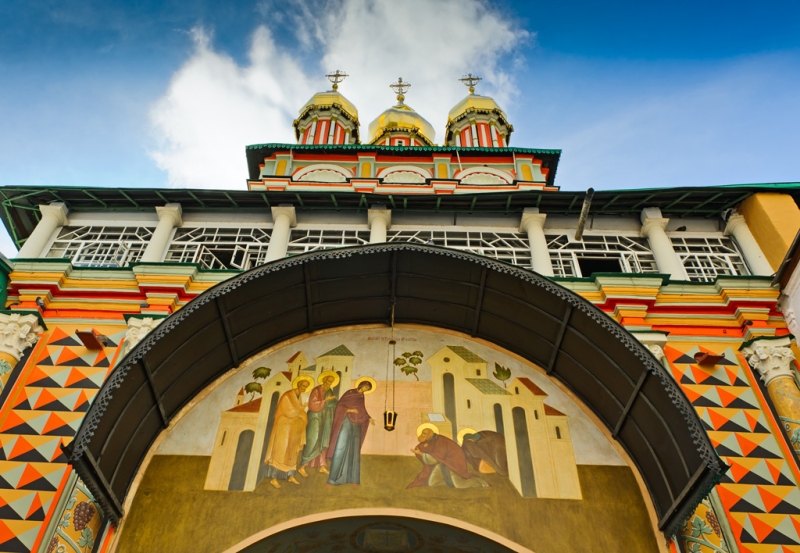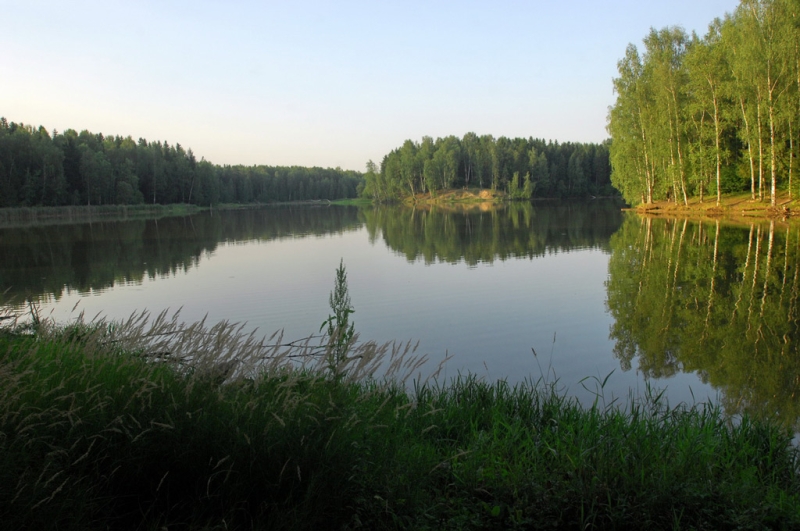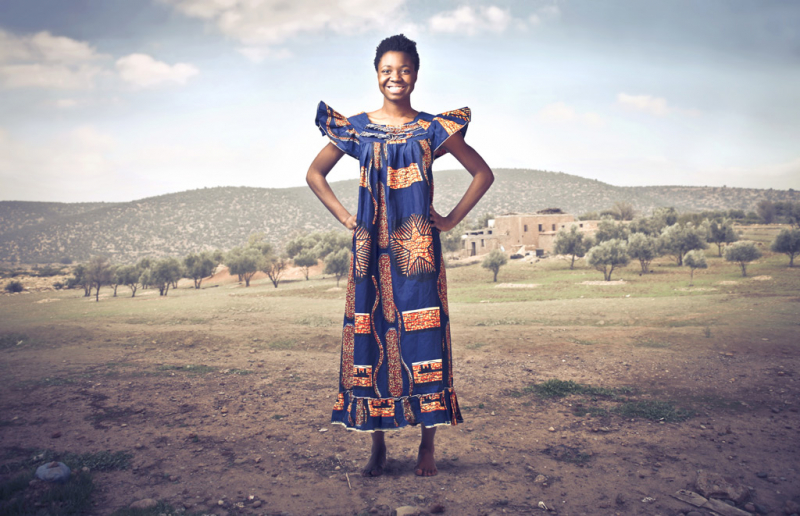
Sergiev Posad is located on the 70th kilometer of the Yaroslavl railway, 1.5 hours northeast of Moscow. Tourists and pilgrims from all over the world come here all year round to visit one of the main Orthodox shrines – the Trinity-Sergius Lavra. But you shouldn’t limit yourself to just a visit to the Lavra – stay in Posada for the whole weekend to…
Remember the story

A trip to Sergiev Posad is an occasion to refresh your memory of the events of Russian history. Fortunately, this can be done without re-reading the dry lines of school and university textbooks: the white stone walls of the Lavra preserve the memory of the Russian tsars and emperors who visited it several times. Not the entire territory of the monastery is open to tourists and pilgrims, but a walk along the cobblestone streets of its accessible part surrounded by flowering flower beds and exploring several churches, a refectory, the burial of Boris Godunov and his household, a bell tower, a source of holy water and an obelisk with a sundial will take a lot of time.

Please note that on weekends the Lavra is more crowded than on weekdays, and there is a long queue to enter the most ancient temple – the Trinity Cathedral, where the relics of the founder of the monastery, St. Sergius of Radonezh, rest. But on weekends, Lavra craft workshops organize paid master classes in pottery, stained glass and creating original floral compositions.

If all this is not enough for you, take a look at the buildings of the Sergiev Posad Art and Historical Museum-Reserve. One of them is located directly in the Lavra, and the other three – the main, ethnographic and museum complex “Horse Yard” – are not far from it. In the “Horse Yard,” in addition to the historical exhibition, there are several rooms dedicated to artistic crafts with rare examples of wood carving, walrus and mammoth ivory; ceramic dishes and toys; trays, boxes, scarves from the 18th century to the early 2000s.
Fall into childhood

Next to the Lavra there is also a toy museum. The first “toy” museum in Europe, it was founded in Moscow in 1918, and moved here in 1931. The museum’s collection includes not only Soviet blocks, dolls and cars, which cause a fit of nostalgia among the generations who took the pioneer oath, but also ancient and modern children’s toys from Russia, Western Europe and Eastern countries, Christmas tree decorations and a collection of children’s portraits. In addition to the permanent exhibition, the museum hosts thematic exhibitions from time to time. One of them, “On Earth, in Heaven and at Sea,” dedicated to toy copies of various types of transport, can be visited in May-June of this year.

But toys were not invented to be looked at – they are meant to be played with! And you can play here too – with part of the permanent exhibition, collected in a separate room on the second floor. The museum also hosts master classes for children and adults, where they learn how to make rag dolls, traditional Slavic amulets and paint nesting dolls.

Matryoshka is one of the symbols of Sergiev Posad. Indeed, in Abramtsevo, located a little closer to Moscow, in the estate of the philanthropist Savva Mamontov, the history of this Russian wooden doll began in the 19th century, and Posad soon became the main center of its production. By the way, there is also a separate Matryoshka Museum here.
Swim in the lake

Photo: sergiev.ru
Having had enough of cultural leisure, you can escape into nature. For example, to Lake Torbeevskoye, 6 km from Posad, where townspeople go for a swim. Or to the waterfall (or rather, a source whose water is considered healing) Gremyachiy, 14 km from the city. The source, according to legend, which gushed out of the ground in response to the prayer of Sergius of Radonezh, is a place of pilgrimage; there is a font and a wooden chapel dedicated to the saint. Both of these places have one downside – you can’t get there without a car.

But to Lake Lesnoye with a well-maintained beach, cafes and volleyball courts (and a small holy spring nearby) there is city public transport. If the weather is not conducive to a beach holiday, you can take the same bus or minibus to the Skitskie Prudy park – stroll along the shady alleys and ride a boat.

Give yourself a sweet life
In the most literal sense of these words: throughout the center of Posad there are stalls with monastic pastries, the assortment of which consists of different types of bread and all kinds of sweets, cakes and honey cakes, made from natural ingredients, without the addition of flavors, dyes, or enhancers taste and other “identical to natural” rubbish. These stalls also sell kvass and lemonades produced by the monastery. The drinks, however, taste closer to mass-produced carbonated analogues than to homemade ones.

If you want something truly authentic, you should get to one of the many farmsteads of the Lavra, the Gethsemane Chernigov monastery. The monastery, founded in the 1840s by monks who wanted to lead a more austere and secluded lifestyle than the rest of the brethren, is famous for the miraculous icon of the Mother of God (the list of the icon in the Chernigov Cathedral is hung with jewelry donated to it by grateful petitioners). It also has a confectionery shop and the production of kvass according to ancient recipes (with honey and sourdough with various additives, for example, mint),
and honey wine.
In general, there are many places in Posad where you can try monastery cuisine and even more restaurants of traditional Russian cuisine, designed mainly for foreign tourists. But there is a special pleasure in buying a bottle of kvass and fragrant fresh pastries and having a snack right on the green lawn. By the way, you can do this without fear: there are no snakes in Sergiev Posad and the surrounding area. According to legend, creeping reptiles left the vicinity of the monastery at the prayer of its founder. One way or another, there are no snakes either in the city itself or within a radius of 20 km.


